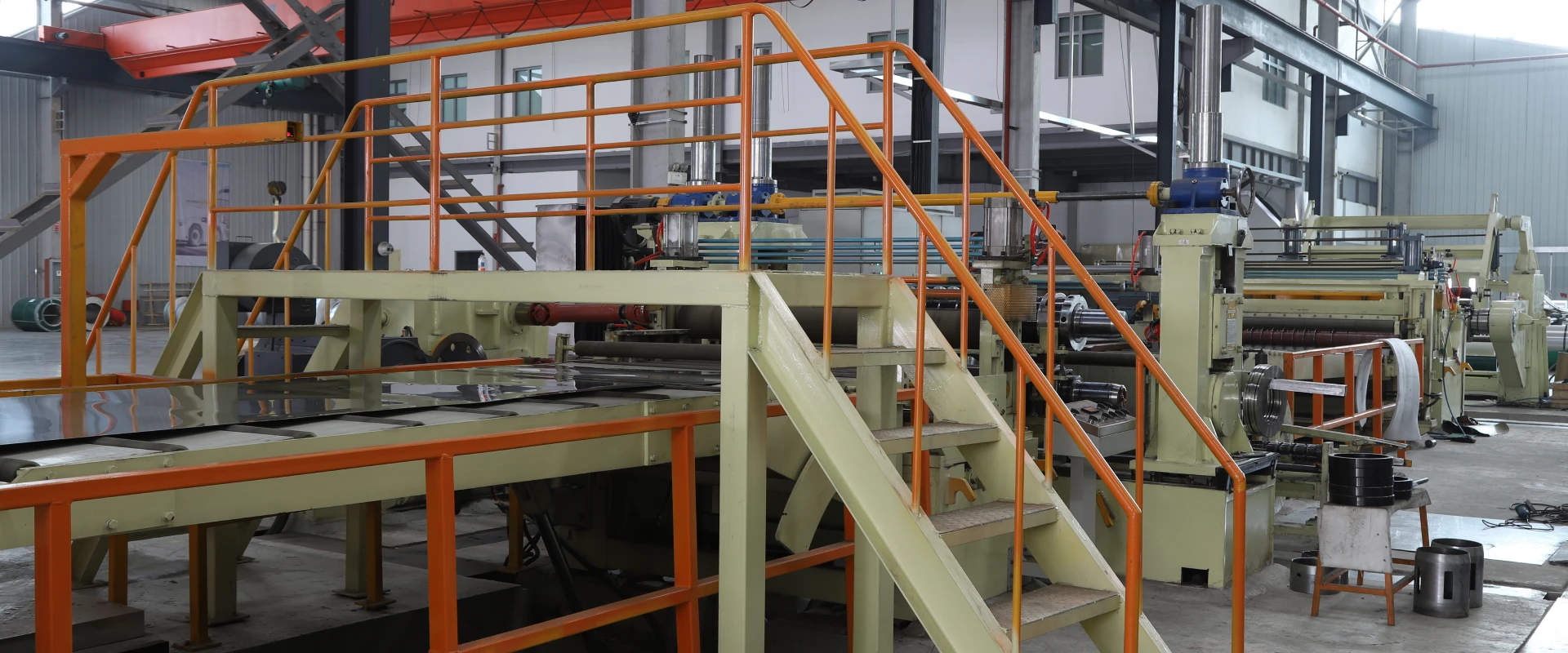Precision Machining Accuracy Control of Titanium Alloy Channels in Medical CT Scanner Frames
Medical CT scanners rely on rigid, lightweight frames to stabilize their rotating gantries and imaging components—any deviation in structural precision can distort scan results, compromising diagnostic accuracy. Titanium alloy channels, with their exceptional strength, corrosion resistance, and low density, have become the core structural element for modern CT machine frames. However, machining these channels to the required micron-level precision (often ±0.02mm) poses unique challenges. This article delves into why titanium alloy channels are essential for CT scanners, the key factors affecting machining accuracy, and the proven techniques to ensure consistent, medical-grade precision.
Why Titanium Alloy Channels Are Indispensable for CT Scanner Frames
CT scanner frames must balance three critical demands: structural rigidity to support 500+ kg of imaging equipment, lightweight design to reduce gantry rotation inertia, and biocompatibility to meet medical standards. Titanium alloy channels (primarily Ti-6Al-4V and Ti-6Al-4V ELI) deliver on all fronts, with advantages tailored to medical applications:
Ideal Strength-to-Weight Ratio: Tensile strength of 900-1100 MPa with a density of 4.43 g/cm³—40% lighter than stainless steel, reducing gantry energy consumption by 15%.
Exceptional Dimensional Stability: Low thermal expansion coefficient (8.6×10⁻⁶/°C) prevents deformation during CT scanning (gantries generate mild heat from motors).
Corrosion Resistance: Withstands frequent disinfection using harsh medical cleaners (e.g., hydrogen peroxide), ensuring a 15+ year service life.
Biocompatibility: Meets ISO 10993 standards, eliminating risk of metal ion leaching and allergic reactions in clinical environments.
The channel’s C-shaped cross-section further enhances its utility, providing rigid support for internal wiring and cooling systems while minimizing material usage.
Core Challenges in Machining Titanium Alloy Channels for CT Frames
Titanium’s unique mechanical properties that make it ideal for CT frames also make precision machining difficult. Three key challenges demand targeted solutions:
1. High Cutting Resistance and Tool Wear
Titanium’s high shear strength and low thermal conductivity cause cutting tools to overheat quickly. Carbide tools, the standard for titanium machining, can wear out 3-5 times faster than when cutting aluminum, leading to inconsistent dimensions.
2. Vibration-Induced Dimensional Errors
CT frame channels require long, thin-walled sections (some up to 2 meters in length, 3mm wall thickness). These sections vibrate during machining, creating "chatter marks" and deviations from the target contour (often ±0.05mm if unaddressed).
3. Thermal Deformation During Machining
Even mild heat (50-80°C) from cutting can cause titanium to expand temporarily. If not controlled, this expansion leads to over-machining—parts that meet specifications hot may be undersized once cooled, failing medical grade checks.
Key Techniques for Precision Machining Accuracy Control
Achieving ±0.02mm precision requires a holistic approach, combining tool selection, process optimization, and real-time monitoring. Below are the industry-proven techniques for medical CT frame channels:
1. Tool and Cutting Parameter Optimization
The right tooling and speeds minimize wear and vibration, laying the foundation for precision:
Tool Selection: Use超细晶粒 carbide tools with TiAlN (titanium aluminum nitride) coating—these reduce friction and extend tool life by 60% compared to uncoated tools. For deep grooves in channels, opt for variable-pitch end mills to dampen vibration.
Cutting Parameters: Adopt low cutting speed (60-80 m/min) and high feed rate (0.15-0.2 mm/rev) for Ti-6Al-4V. This balances material removal rate with tool temperature, keeping heat below 100°C.
Coolant Strategy: Use high-pressure coolant (70-100 bar) with a water-soluble, non-toxic fluid (meeting USP Class VI standards). Direct coolant jets at both the tool tip and workpiece to dissipate heat and flush chips.
2. Rigid Machining Fixturing and Workholding
Stabilizing thin-walled titanium channels is critical to reducing vibration. Custom fixturing solutions include:
Vacuum Chuck Fixtures: For flat channel surfaces, vacuum chucks distribute clamping force evenly, avoiding deformation from traditional jaw clamps.
Support Pins with Force Sensors: Position 3-5 adjustable support pins along the channel’s length. Sensors ensure each pin applies 50-80 N of force—enough to stabilize without bending the workpiece.
Modular Fixtures: Use quick-change fixturing (e.g., Erowa systems) to reduce setup time and ensure repeatability (±0.005mm) across batch production.
3. Real-Time Monitoring and Closed-Loop Control
Modern CNC machines integrate sensors to detect and correct errors mid-machining, a must for medical precision:
Tool Wear Monitoring: Acoustic emission sensors detect changes in cutting sound, triggering tool changes before wear affects dimensions. This reduces scrap rates by 40%.
In-Process Metrology: Mount laser displacement sensors on the CNC spindle to measure channel dimensions every 10mm during machining. Data feeds into a closed-loop system that adjusts cutting paths in real time.
Thermal Compensation: Temperature sensors placed on the workpiece and machine bed calculate thermal expansion, adjusting tool paths by 0.001-0.003mm per °C to maintain accuracy.
4. Post-Machining Finishing and Inspection
Even precise machining requires finishing and rigorous inspection to meet medical standards:
Deburring and Polishing: Use robotic abrasive finishing with 600-grit diamond pads to remove tool marks, achieving a surface roughness (Ra) of ≤0.8 μm—critical for preventing bacteria buildup.
Precision Inspection: Employ coordinate measuring machines (CMMs) with a 0.001mm probe to check key dimensions (e.g., channel width, straightness, hole position). For complex contours, use optical scanning (e.g., GOM ATOS) for full 3D analysis.
Stress Relieving: Heat treat finished channels at 550°C for 2 hours, then air cool. This removes machining-induced stress (which can cause long-term deformation) while preserving dimensional accuracy.
Machining Accuracy Comparison: Titanium vs. Traditional Materials
A medical equipment manufacturer compared Ti-6Al-4V titanium alloy channels to two traditional materials (304 stainless steel, 7075 aluminum) for CT frame components. The results highlight titanium’s precision advantages:
Material | Achievable Precision (±mm) | Tool Life (pieces per tool) | Thermal Deformation (mm/m at 80°C) | CT Scanner Compatibility |
|---|---|---|---|---|
Ti-6Al-4V Titanium | 0.02 | 25 | 0.0069 | Full (meets all standards) |
304 Stainless Steel | 0.05 | 18 | 0.014 | Partial (weight issues) |
7075 Aluminum | 0.03 | 40 | 0.019 | No (low strength, corrosion issues) |
Real-World Application: Titanium Channels in 64-Slice CT Scanners
A leading medical device company integrated Ti-6Al-4V ELI titanium alloy channels into their 64-slice CT scanners. By implementing the precision control techniques above, they achieved remarkable results:
Machining accuracy maintained at ±0.018mm across 500-piece production batches—scrap rate reduced from 12% (with stainless steel) to 2%.
CT gantry rotation speed increased by 10% (due to titanium’s lighter weight), cutting scan time from 10 seconds to 7 seconds for chest exams.
Long-term stability tests showed no dimensional changes after 5 years of clinical use—meeting the company’s 10-year warranty requirements.
Disinfection resistance verified: 10.000 cycles of hydrogen peroxide cleaning caused no corrosion or surface degradation.
Key Considerations for Medical-Grade Titanium Machining
To ensure titanium alloy channels meet strict medical regulations (e.g., FDA 21 CFR Part 820. CE MDR), manufacturers must adhere to these guidelines:
Material Traceability: Use titanium alloys with mill certificates (e.g., AMS 4928 for Ti-6Al-4V ELI) that track chemical composition and mechanical properties from raw material to finished part.
Cleanroom Machining: Conduct final machining and finishing in ISO 7 cleanrooms to prevent contamination (critical for components used in sterile environments).
Documentation: Maintain detailed records of machining parameters, tool changes, inspection results, and heat treatments for each part—required for medical device audits.
Conclusion: Titanium Alloy Channels Elevate CT Scanner Precision
Precision machining accuracy control of titanium alloy channels is a cornerstone of modern CT scanner performance. By addressing titanium’s unique machining challenges with optimized tooling, rigid fixturing, real-time monitoring, and rigorous inspection, manufacturers can produce components that meet the micron-level precision required for accurate medical imaging. Titanium’s combination of strength, light weight, and corrosion resistance not only improves CT scanner performance (faster scans, more reliable results) but also extends equipment lifespan and reduces maintenance costs. As CT technology advances toward higher resolution and faster scanning, titanium alloy channels will remain the material of choice—proving that precision machining isn’t just a manufacturing step, but a critical enabler of better patient care.

